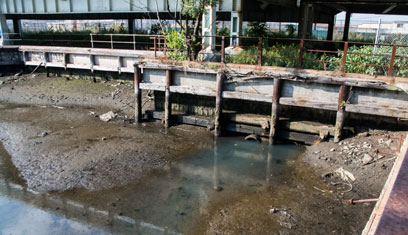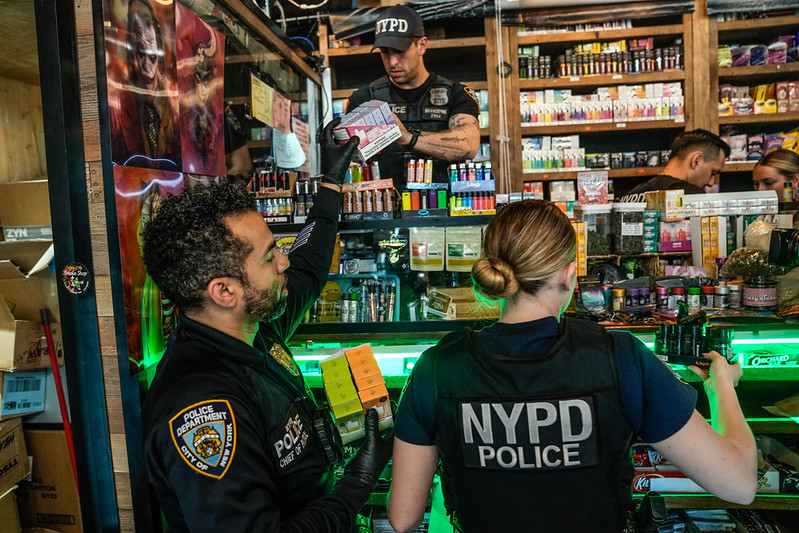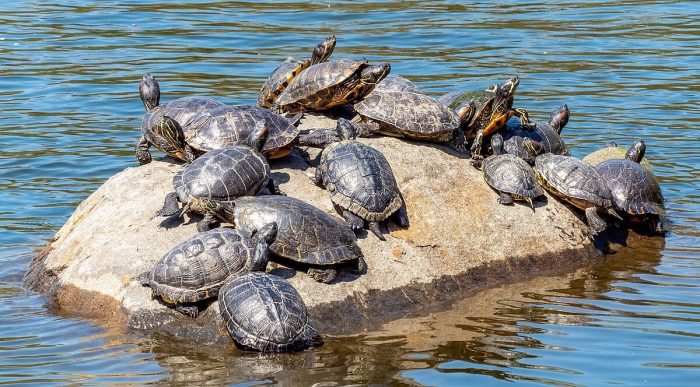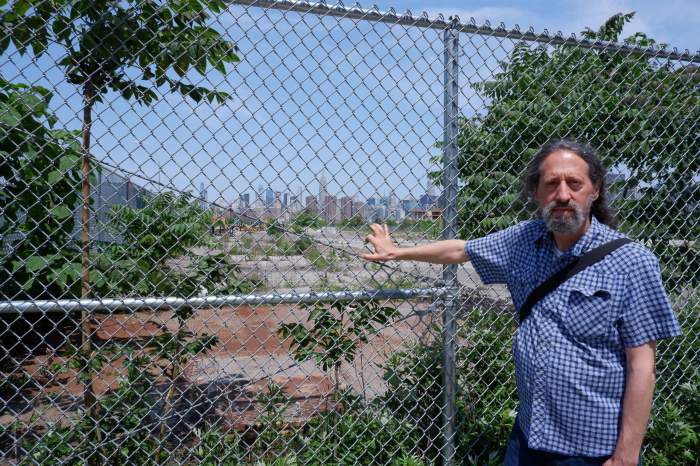They’re calling it the “Coney Island Reek.”
Researchers testing Southern Brooklyn waterways have discovered that Coney Island Creek is still saturated with stool more than nine months after the city cracked down on an apartment complex busted for dumping 200,000 gallons of raw sewage per day into the tributary.
Levels of fecal bacteria should have dropped dramatically since then, but researchers discovered that the waterway is still steeped in consistently high levels of the tell-tale bugs — suggesting that other buildings may still be using the creek as an illegal sewer.
“This could be pollution from another source,” said Matt Malina, founder of NYC H20, an environmental education group. “The water shouldn’t have high levels for months like this — there could be more dumping going on that nobody even knows about.”
Eleven samples taken near Calvert Vaux Park over five months show unusually high levels of fecal coliform — bacteria found in the guts of humans and considered a clear sign of fecal contamination. Academics at Kingsborough Community College conducted the tests and discovered that the stream has an average saturation of more than 2,600 colonies of bacteria per 100 milliliters — or roughly half a cup of water.
That’s 13 times the Environmental Protection Agency’s standard of 200 colonies per that amount considered to be safe for swimming. And those wading in the fetid waters are vulnerable to intestinal parasites, viral respiratory infections, hepatitis, and more.
Some locals say they’ve already become ill from swimming in the sludge without knowing about the creek’s sordid history — prompting calls for the city to install warning signs.
Comparable poop levels were also discovered at Sheepshead Bay, and although the marina is primarily used for boating, it’s a popular fishing spot.
In contrast, the study found low levels at nearby Manhattan and Plumb beaches — leaving locals with more questions than answers, said a researcher behind the Kingsborough study.
“When you look at the numbers using the same techniques, on samples taken from the same day — the same hour — you have to question the high numbers, and why they continue to be so high,” said biologist Thomas Greene, who is an adjunct professor in the physical sciences department at the Manhattan Beach institution. “I mean, we’re getting huge numbers.”
Both Coney Island Creek and Sheepshead Bay have sewer pipes that wash sewage overflow into the water during storms, typically when it rains just under half an inch per day, along with animal feces running off from the street that adds to the slurry.
But it rained on only one testing day and drizzled less than half an inch within three days before samples were draw in all but two instances, according to National Weather Service data.
The creek’s fecal load would naturally recede to safe levels after the illegal sewage dumping stopped — unless there is a steady flow of sewage from another source — raising a red flag for one toxicologist.
“Depending on how much is in there, it could take weeks, even months, but the colonies will naturally go down to safe levels if there is no replacement of sewage,” said Judith Zelikoff, a professor with the department of environmental medicine at New York University Langone Medical Center. “Those levels are high. This is a serious matter.”
City and state environmental agencies are working to improve the creek’s water quality, including upgrading infrastructure to reduce sewage overflows, according to a rep with the state’s Department of Environmental Conservation.
Meanwhile, researchers with the city’s Department of Environmental Protection continue to investigate potential illicit sewage sources and, in response to recent results, the city is ramping up how often samples are tested from the creek, according to an agency spokesman.
Another way to get the creek back on track would be to sanitize it with chlorine. But a very specific amount would be needed or the plan could backfire, said Zelikoff.
“If they over-chlorinate that would actually develop more coliform,” said Zelikoff. “But at some point you have to balance the risks versus the benefit.”























